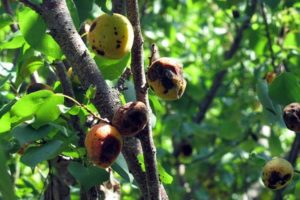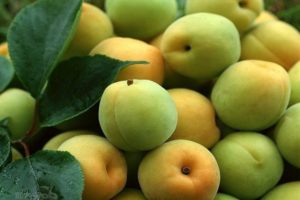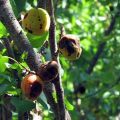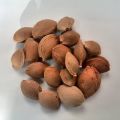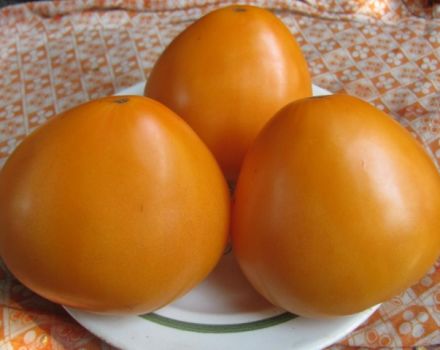How can you propagate apricot with green cuttings at home, planting methods
The apricot tree attracts the attention of gardeners due to its unpretentious care, resistance to environmental changes, high yield and ripe fruit taste, which are popular both fresh and processed. How to properly propagate an apricot in your own garden and how to care for established cuttings? Let's deal with everything in order.
Reproduction methods
Propagation of apricot trees can occur in three ways: by bone, cuttings or grafting.However, for any of them, it is necessary to adhere to some recommendations and follow an algorithm that simplifies the process as much as possible.
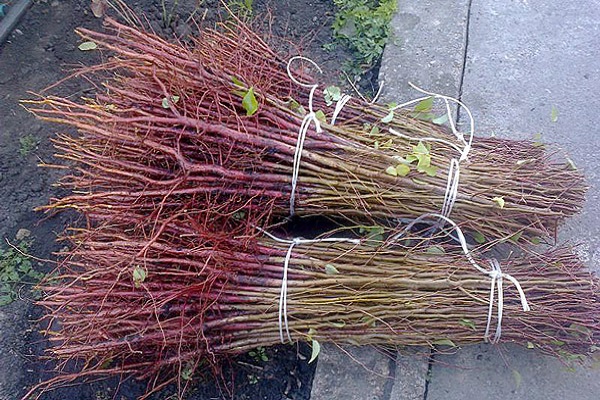
Growing from a bone
This method is considered long-term, but the most reliable. Growing from the seed of a local tree guarantees high adaptation of the future apricot to the climate conditions of a particular region.
First of all, you need to choose a suitable material for planting - a ripe fruit bone. The apricot kernel retains all maternal properties, so the largest and juicy fruit should be chosen, making sure that the tree does not suffer from diseases typical of horticultural crops.
It is best to take several seedlings in order to subsequently choose the strongest of them, since apricot trees are not famous for their high survival rate.
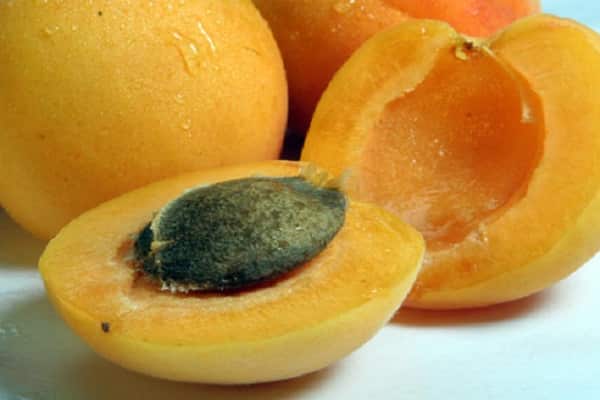
The following is the standard landing algorithm:
- The bones are soaked for a day in warm running water. Floated seedlings are considered bad and are discarded.
- Landing in progress:
- in autumn (September-early October). With the onset of November, there is a possibility that the seedlings will be taken away by rodents. Therefore, it is better to postpone late sowing and wait until spring;
- spring (early April). The apricot kernels collected in the fall hibernate in a cool, dark place until March. Planting in spring is good for hardening the seeds. The process is called stratification and is carried out by soaking them in cool water for 5-7 days. At the same time, the water is periodically renewed in order to prevent it from warming to room temperature.
- The apricot stone is placed in a prepared hole (up to 10 centimeters deep) and sprinkled with humus.
- Sufficient care rules - regular watering, loosening the soil, mulching with peat.
- Formed apricot trees are transplanted to a permanent place in the fall, at the age of 2 years. So, seedlings will be able to overwinter and give a good growth in the spring. A couple of years later, the first harvest appears.
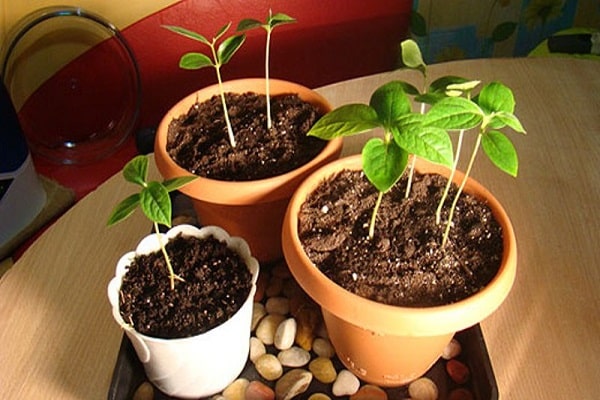
Propagation of apricot by cuttings
Like all plants, over time, the apricot grows old and loses the ability to bear fruit. Is it possible to grow a new apricot tree of the same type as the old one if there is no way to get seedlings from its fruit? There is such a method, and it is called grafting.
It can be done in several ways:
- Green shoots. To successfully propagate the apricot, part of the branch with leaves is separated from the middle part of the shoot. An ideal stalk should have three leaves and be cut in the morning so that the branches are saturated with moisture. After cutting, green shoots are lowered for 10-15 hours in a solution that stimulates the growth of the root system (Kornevin, Heteroauxin, Zircon).
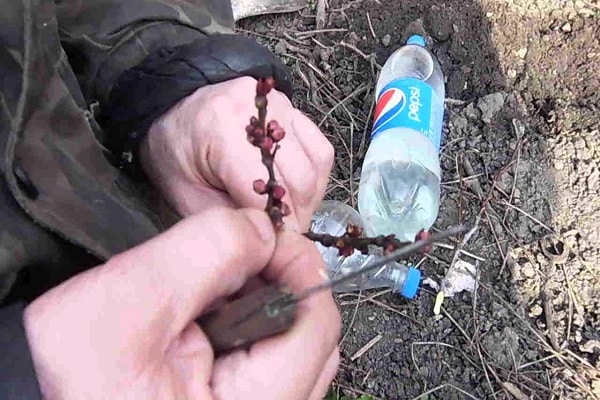
We figured out how to propagate an apricot, but how to grow it? For germination, ready-made cuttings are planted in open ground, where fertilizers are applied and soil moisture is maintained. Such conditions allow the callus to appear as early as 10-15 days, and after another month you can see a healthy root system.
- Lignified cuttings. To grow a healthy apricotpropagated in this way, it is necessary to harvest cuttings during the dormant period (after leaf fall and until early spring). The average length of the planting material is 30 centimeters. Shoots cut in autumn are stored in a cool place until spring, when they are planted in a box or open ground saturated with peat.
- Air layering. This method of vegetative propagation is effective, but it is undeservedly forgotten by modern gardeners. In the summer, a branch with an annual growth rate is chosen, which is significantly different from the earlier sections of the plant. 2 circular cuts are made on it, removing the bark between them. The damage is treated with a growth-promoting solution and wrapped in a plastic bag so that there is room for soil in it. Thus, it is possible to grow layers, which, when ripe, are separated from the branch and planted separately.
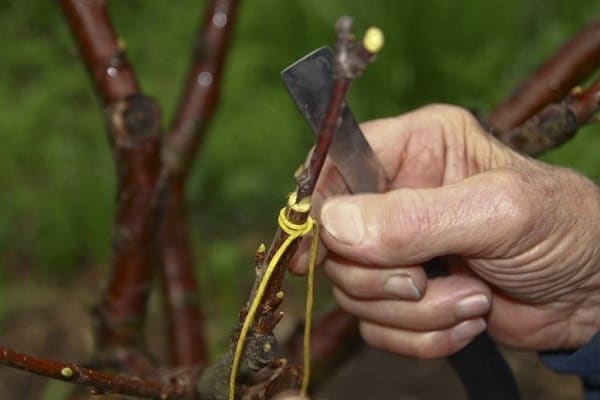
Reproduction by grafting
This method is most preferred by gardeners, as it allows you to experiment by crossing varieties. As a rootstock for grafting, seedlings are used not only of apricot, but also of almonds, peaches, plums, mirabelles. However, good compatibility is not always the case. Through trial and error, you will have to select a stock that is suitable for the climatic conditions and taste preferences of the gardener.
A blank for vaccination is done in the fall. A strong, healthy, annual shoot is chosen as a cutting, and its upper part is cut off with an oblique cut. The shoots are stored in the refrigerator or a bucket of cool water until the scion.
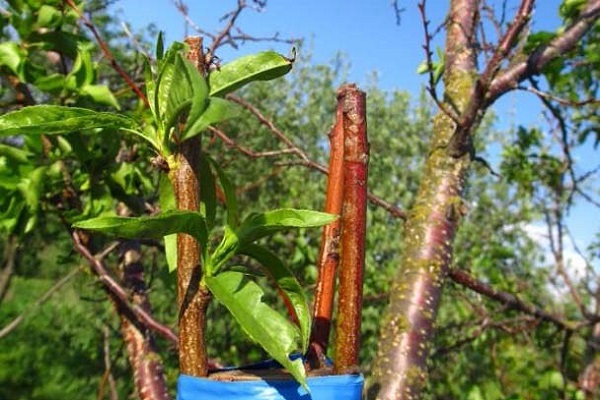
The vaccination is done in the spring, at the beginning of May. This time is considered successful due to the active movement of juices through the plant, which improves fusion. The stalk is attached to the scion, on which the same vertical-oblique cut is made. The cuts must be beveled at the same angle and have the same diameter. The seam of the connection is coated with garden pitch and fixed with electrical tape.
The cuttings quickly take root in the new plant, and after a month you can notice the appearance of new leaves.
Helpful advice: before the growing season, the grafted stock is cut by 1-2 centimeters. Such actions will help the apricot to properly distribute forces on old and newly acquired shoots.
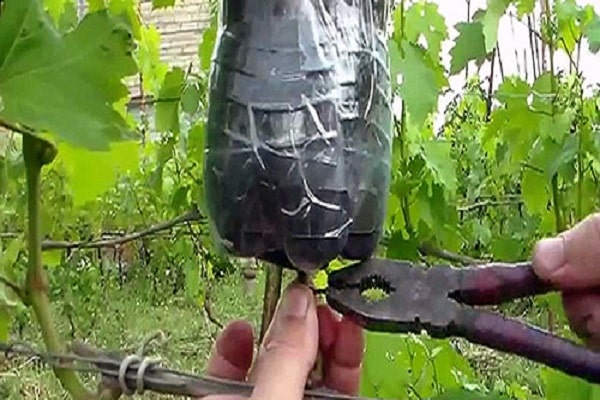
How to care for an established cuttings?
Self-grown seedlings of apricot trees perfectly adapt to growing conditions. Leaving comes down to the following points:
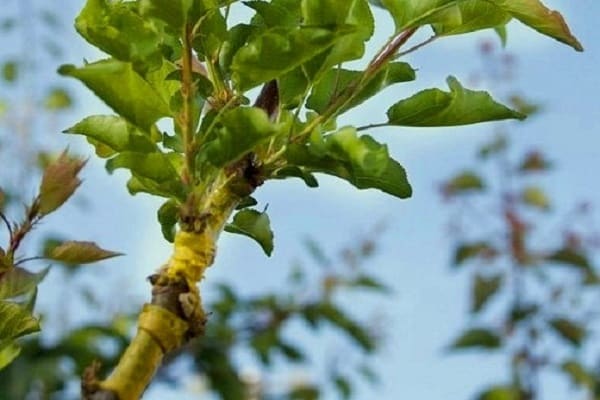
- Crown formation. The tree grows upward, and is not able to form on its own. The side branches are pruned annually to maintain the quality and duration of the yield.
- Soil selection. The best soil for planting apricot seeds is loamy or slightly loamy.The only condition is that the soil must have high drainage properties, and be covered with humus on top.
- Top dressing. It is of two types:
- root (fertilizer is applied to special near-stem circles). Root dressing is applied before and after flowering. Nitrogen-containing substances and organic fertilizers sold in specialized stores are excellent for this. Before the wintering period, the soil is saturated with potassium and phosphorus;
- foliar (liquid fertilizers are sprayed onto stems and leaves). It is used mainly in summer. The crown is sprayed with complex fertilizer solutions.
- Abundant watering. The trees are watered in the near-trunk circle 4 times a year - during flowering, ripening of fruits, hardening of seeds and before a period of hibernation.
- Protection of sprouts from mechanical damage and pests. To do this, a young plant is covered with a two-liter plastic bottle with a cut off bottom or neck.

